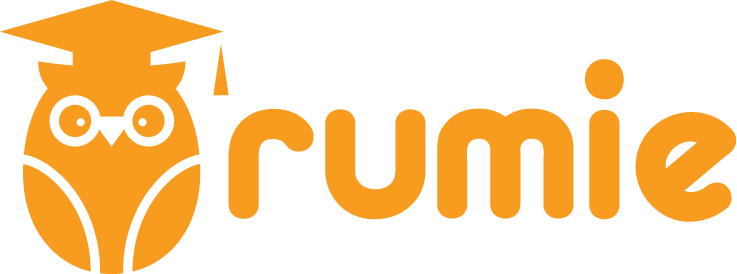Picture yourself in an interview for a position, and then you hear the question: "How do you handle a heavy workload?"
How do you respond to this question?
Breathe. Maybe take a sip of water. Display the calmness that you're about to emphasize in your response to them.
When an interviewer asks you this question, they want to see how you handle pressure, prioritization, and quality control.

You can answer the question with the STAR method (Situation, Task, Action, Result). To go one step further, you can weave time, priority, and impact/volume into your response.
What Example Do I Choose?
Pick an example that relates to the role you're going for.
For every story or skill you mention, ask yourself: "How does this help me succeed in the role?"
Image courtesy of wayhomesutdio via Freepik
An easy way to connect your story to the role is to use keywords from the job description when applicable:
Example
Role description key word: time management/prioritization
"In my last role, I managed multiple overlapping deadlines by prioritizing based on impact and urgency. That experience taught me how to balance competing needs effectively."
"How do you handle a heavy workload?" is just one version of a question interviewers will use to test the same set of core competencies (key strengths),which in this case are:
stress management
prioritization
resilience
 Image courtesy of wirestock via Freepik
Image courtesy of wirestock via Freepik
Once you have a strong story, you can adapt it to fit whichever variation of the question the interviewer asks.
The STAR Method
Tell your story in order.
Walk through your story step by step so it's easy to follow using STAR (Situation, Task, Action, Result).
While you don't have to tell your story via the STAR method, it does provide a framework to build on and helps keep your answers focused.
Image courtesy of rastudio via Freepik
Situation (1-2 sentences)
Explain the role you were in and what was happening.
Example: “Our team was missing deadlines because our order tracking system wasn’t updated in real time.”
Task (1-2 sentences)
Clarify your responsibility and claim ownership of the work you did.
Example: “I was asked to find a way to improve the accuracy and speed of our tracking process. It was an intense assignment with a lot of moving parts.”
Action (1-3 sentences)
Walk through the steps that you ( not the team/group) did to address the challenge.
Example: “I introduced an automated dashboard, prioritized training the team, and set up weekly data checks.”
Result (1-3 sentences)
End with a positive outcome. If you can't think of one, try a positive takeaway.
Example: “As a result, order tracking accuracy increased by 40% and we cut delays in half within three months.”
Quiz
Why is the STAR method helpful in interviews?
Going Beyond STAR
Image courtesy of johnstocker via Freepik
Think about your example in terms of:
the deadline
the importance
the reason behind the work
These can amp up your STAR answer because it shows how you handle urgency, understand why the work matters. Above all, it shows how you're delivering value.
In the example below, it shows a basic STAR response and an enhanced STAR response. The bold text in parentheses draws attention to the most important points, showing why this response works well.
Basic STAR Answer
"I had to organize an important shipment at a very busy time. I coordinated with the vendor, tracked the package, and made sure it arrived on time. As a result, the shipment was delivered correctly."
Enhanced STAR Answer
"Two weeks before a convention (deadline), I was responsible for organizing a shipment that contained our main product samples.
It was critical (importance) because without those materials, we would have nothing to showcase to prospective clients.
I coordinated with the vendor, added a three-day buffer for potential delays, and set up daily tracking to ensure smooth progress (actions tied to reason).
As a result, the shipment arrived three days early and out team successfully launched at the event, securing 20 new leads (impact)."
Quiz
Review the two STAR examples. Why is the enhanced STAR example a stronger story?
Take Action
Answering questions like "How do you handle a heavy workload?" is more than just listing tasks. It's about showing your thought process, decision-making, and the impact of your work.
Using the STAR method, combined with context like deadlines, priorities, and outcomes will help you communicate clearly and confidently.
Image courtesy of Vectorarte via Freepik
Remember that while you're demonstrating your skills and why you're a fit for the role, you're also evaluating if this role is a fit for you.
Prepare strong, adaptable examples, keep them clear and results-focused, and you'll find yourself ready to answer questions about handling a heavy workload or any variation of the question.
Need more preparation? Learn how to prepare for an interview.
Also, don't forget to follow up after your interview! Learn how to send the perfect interview follow-up.
Enhanced STAR response checklist:
Your feedback matters to us.
This Byte helped me better understand the topic.
